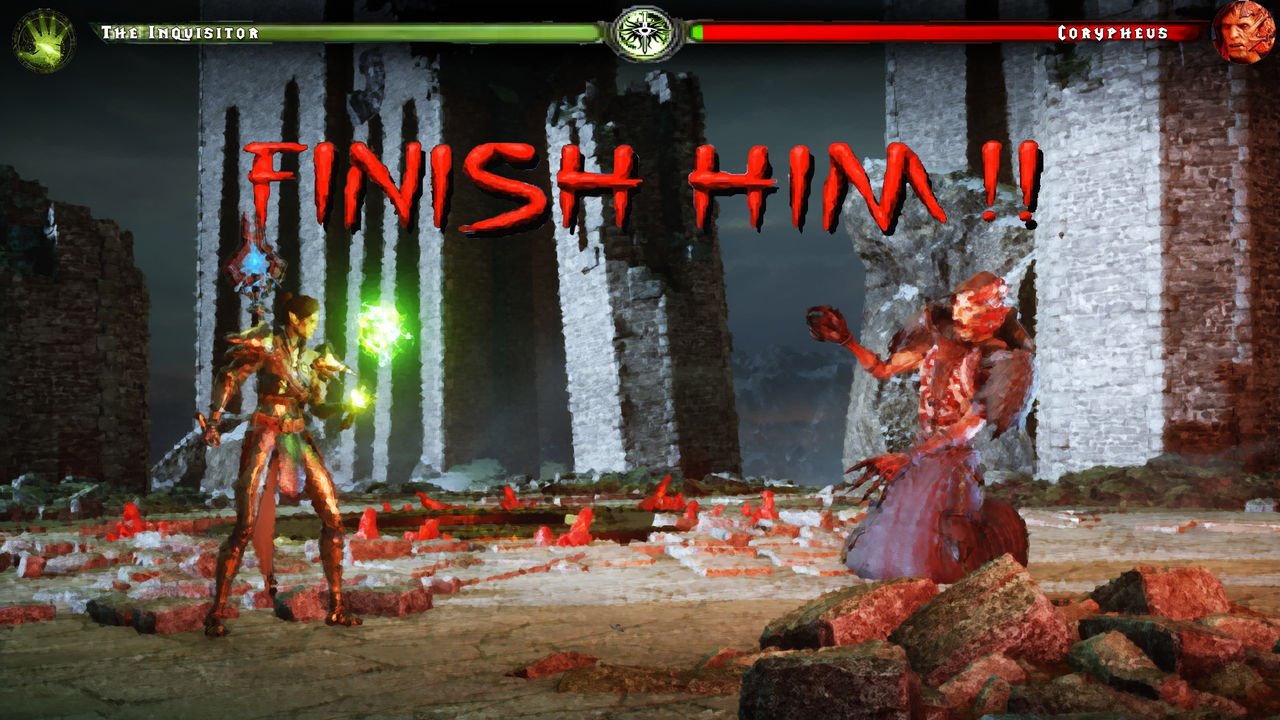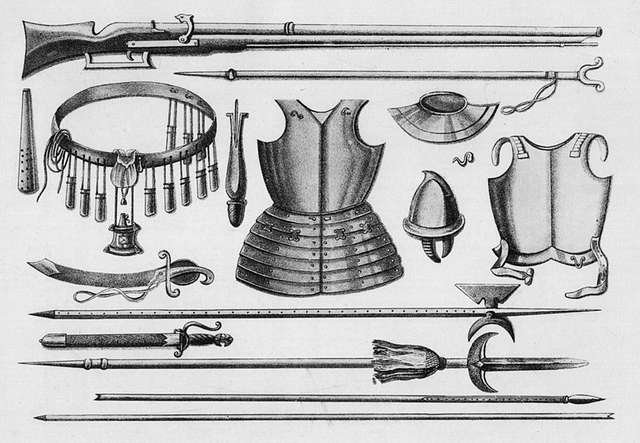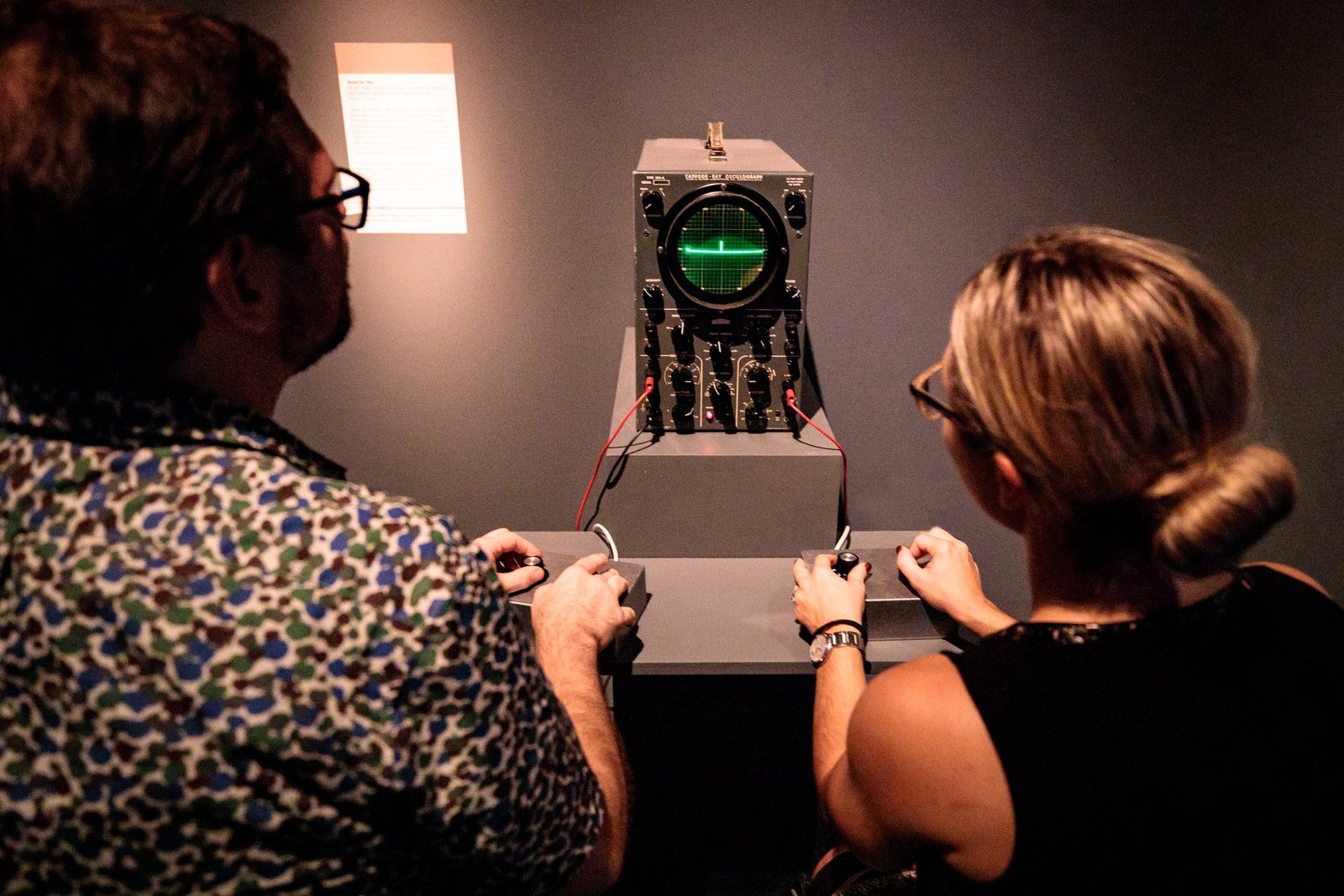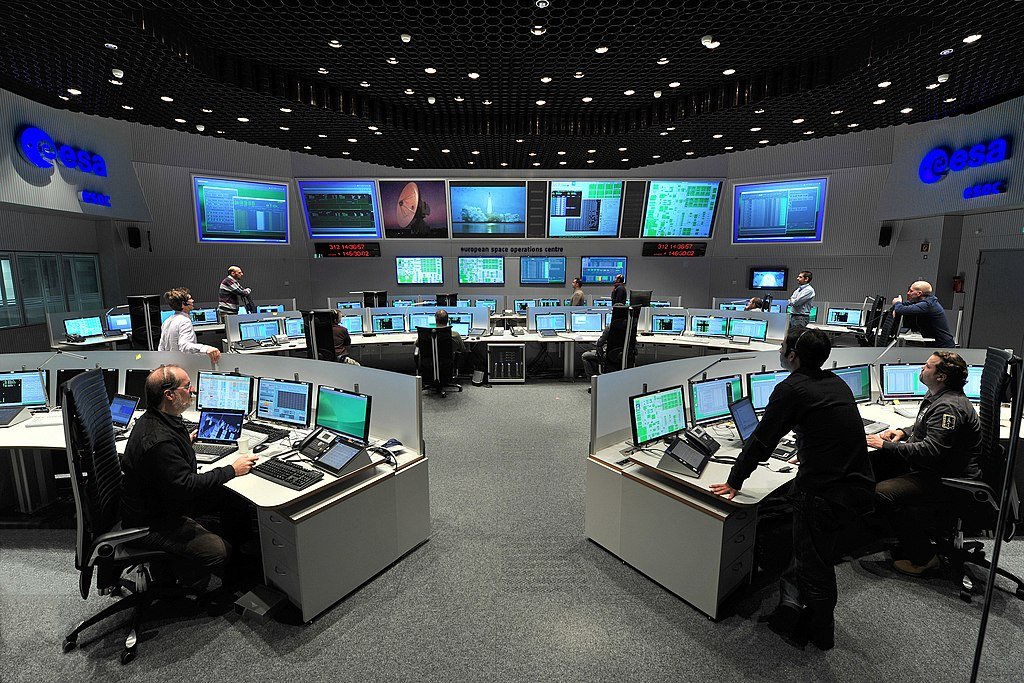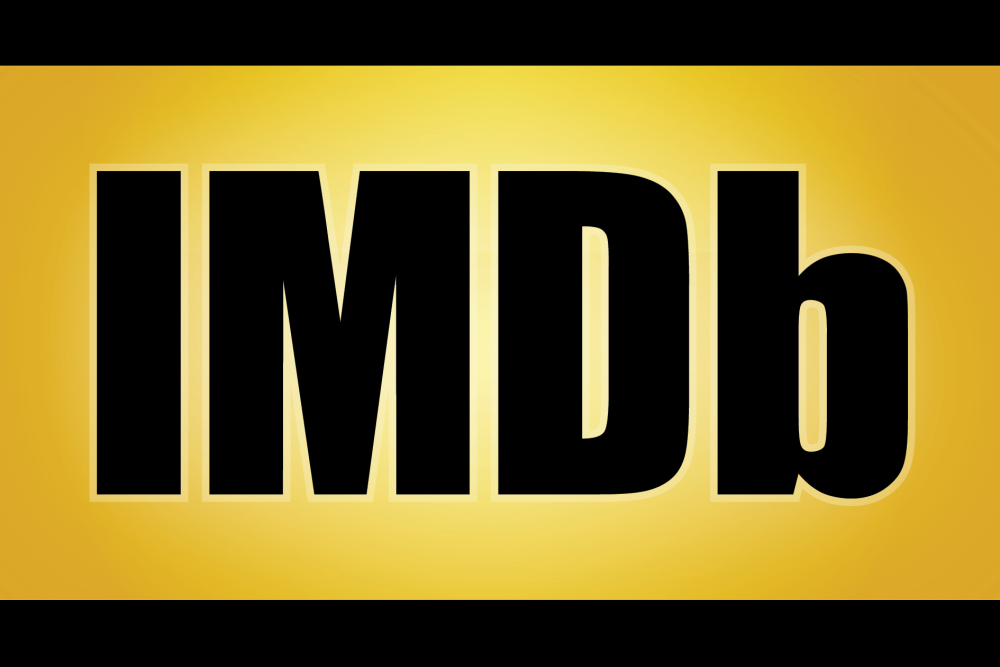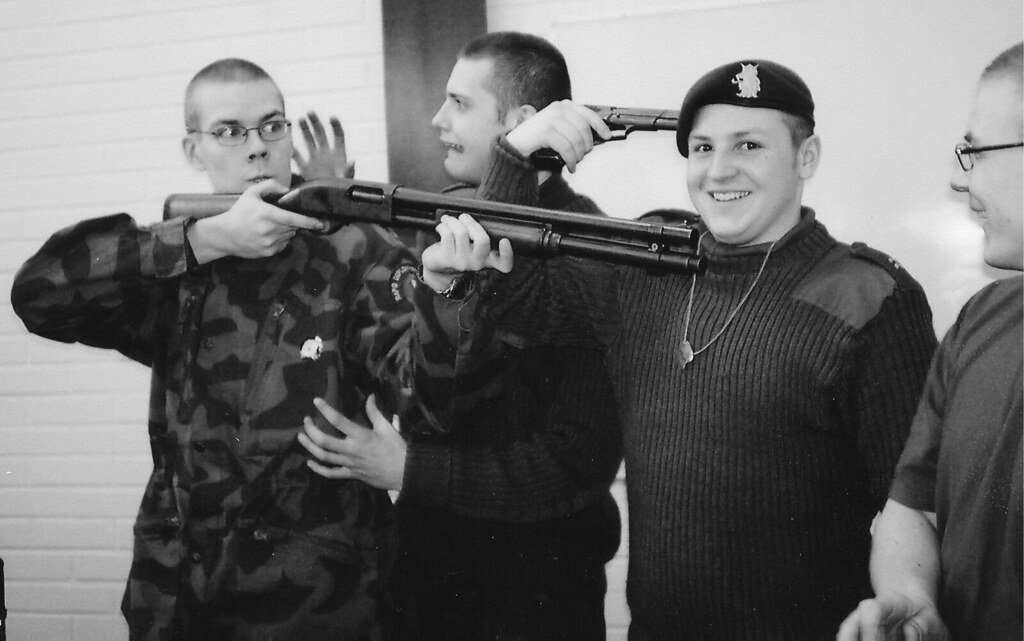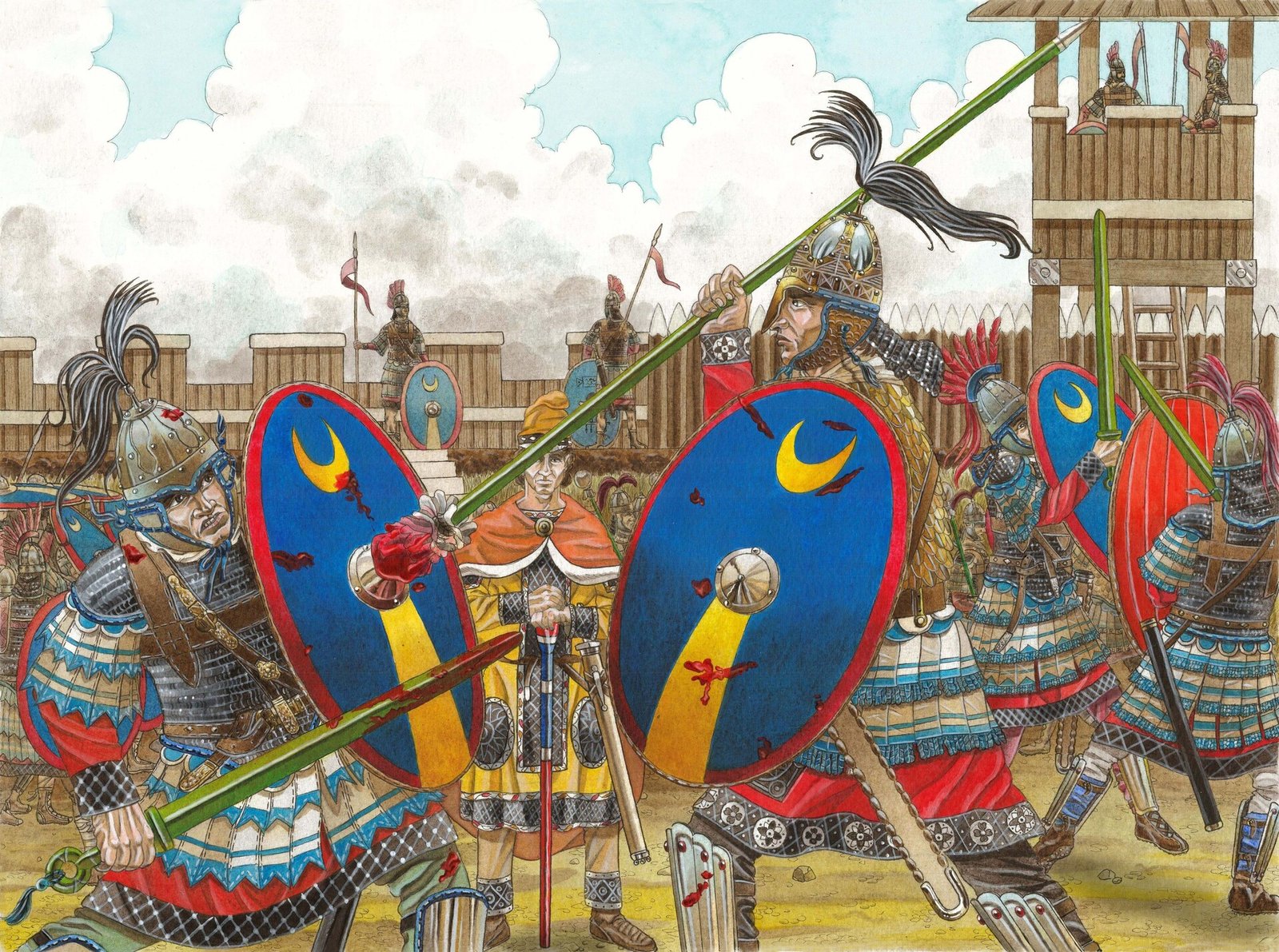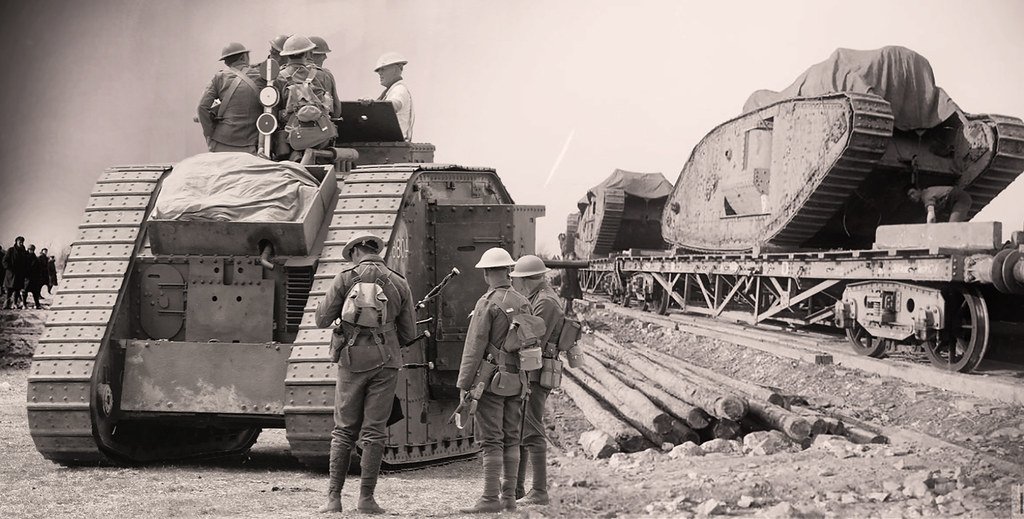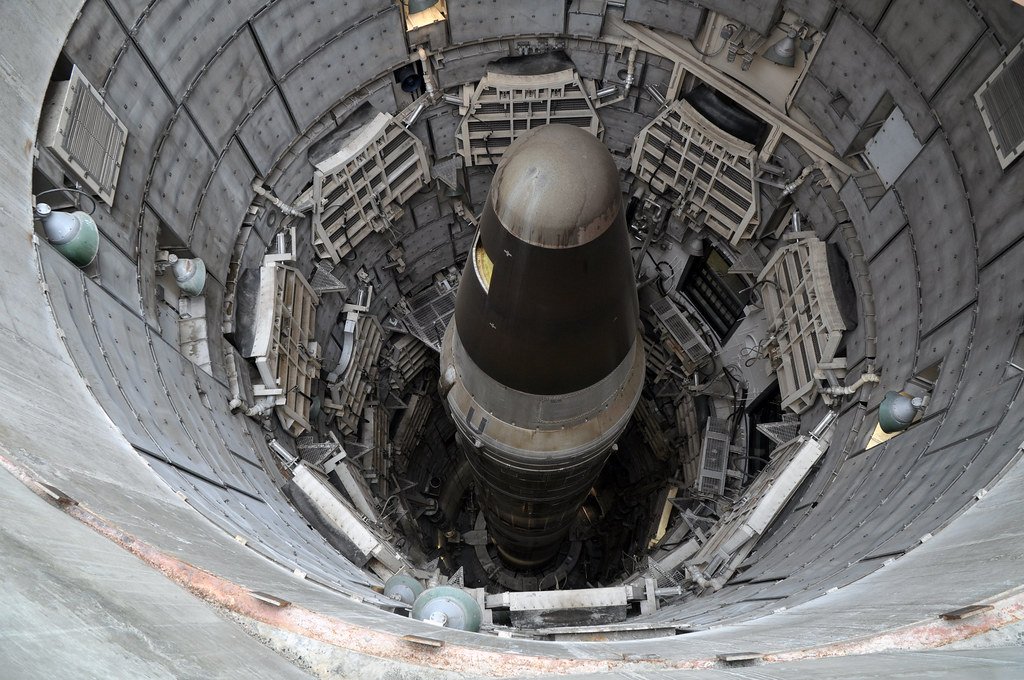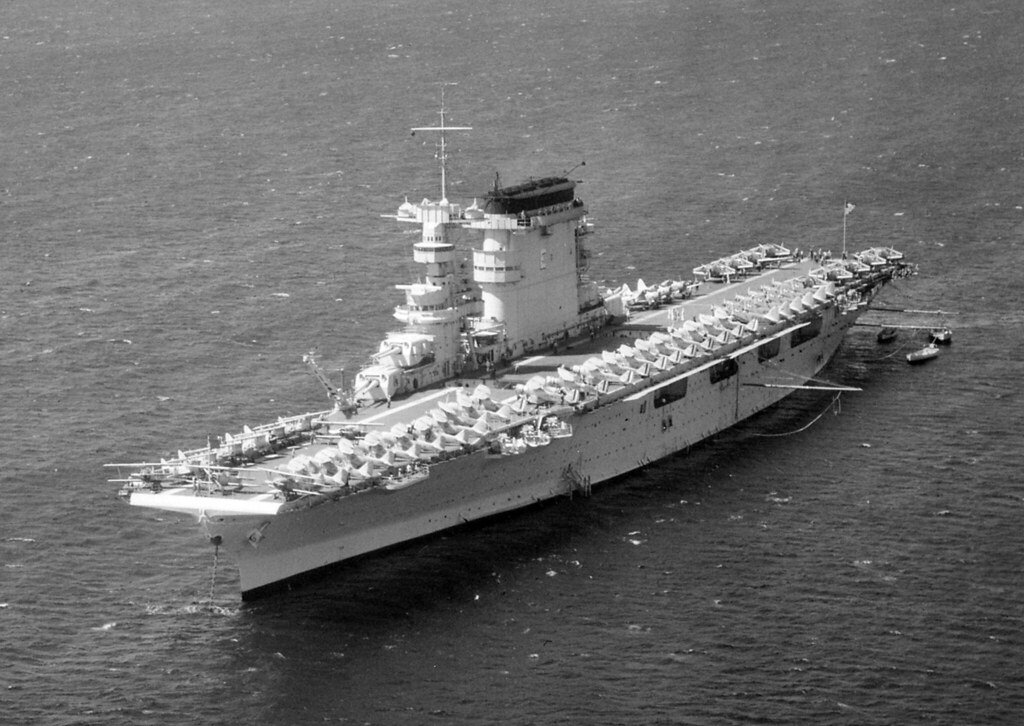Weapons have been integral to human history, serving both as tools of defense and instruments of aggression. Across centuries, technological progress has yielded increasingly lethal instruments of war. In this comprehensive guide, we embark on a historical journey to explore seven of history’s deadliest weapons, each possessing the potential to reshape nations and steer the course of human events.
From ancient siege engines to contemporary nuclear arsenals, these formidable arms have left an indelible imprint on our world. These weapons have not only been pivotal in the fate of civilizations but have also represented symbols of conquest and defense, innovation, and devastation. As we delve into these seven remarkable chapters, we’ll scrutinize not just their destructive might but also their historical import and the enduring lessons they provide.
Table of Contents
Deadliest Weapons in History as per their time

1. The Longbow: England’s Medieval Arsenal
The longbow, a weapon of remarkable simplicity yet devastating power, symbolizes English military prowess, particularly during the tumultuous Hundred Years’ War era. It was a wooden bow of considerable length, requiring great skill to draw. English archers, known as longbowmen, became a formidable force on the battlefield, capable of launching volleys of arrows with remarkable accuracy and strength. This weapon played a pivotal role in decisive battles like Crecy and Agincourt, where English longbowmen rained down arrows upon their foes, changing the course of history. The longbow’s effectiveness lay not only in its design but also in the discipline and training of the archers who wielded it, making it an enduring symbol of medieval English military excellence.
2. The Trebuchet: Catapulting Destruction
The trebuchet, a remarkable medieval siege engine, epitomizes the fusion of engineering brilliance and destructive capability. This colossal war machine was a game-changer in medieval warfare, employed extensively during sieges. Its sheer size and intricate mechanical design allowed it to hurl projectiles of substantial weight with remarkable force, making it a formidable weapon of destruction. The trebuchet’s historical significance lies not only in its effectiveness on the battlefield but also in its representation of human innovation during an era where siege warfare demanded inventive solutions for both attack and defense.
3. The Gatling Gun: Revolutionizing Firepower
The Gatling gun, a groundbreaking invention introduced during the American Civil War, was a precursor to modern machine guns. Unlike single-shot firearms of the era, the Gatling gun featured a rotating barrel mechanism that allowed for rapid, continuous fire. This innovation revolutionized firepower, significantly increasing the rate of fire and making it a formidable weapon on the battlefield. Its impact was felt not only in terms of firepower but also in shaping future military strategies and tactics. The Gatling gun’s role in the American Civil War marked a turning point in the evolution of weaponry, foreshadowing the rapid-fire weapons that would become central to modern warfare.
4. The Tank: Armored Beasts of the Great War
Tanks revolutionized ground warfare, acting as mobile fortresses capable of traversing challenging terrain. Developed to overcome the trench warfare stalemate, tanks brought mobility and firepower to the battlefield. Their introduction at the Battle of the Somme in 1916 marked a turning point in military strategy. Tanks played a critical role in breaching enemy lines, providing cover for infantry, and striking fear into the opposition. This innovation laid the groundwork for modern armored warfare, shaping military doctrine for decades to come and evolving into the formidable armored vehicles of today.
5. The Atomic Bomb: Unleashing Unprecedented Destruction
The Atomic Bomb, a product of the Manhattan Project during World War II, stands as a harrowing symbol of humanity’s ability to unleash unparalleled devastation. Its catastrophic power was unleashed in the bombings of Hiroshima and Nagasaki in 1945, leading to unprecedented destruction, loss of life, and long-term health effects. These bombings not only hastened the end of World War II but also ushered in the nuclear age and forever altered global politics. The atomic bomb remains a stark reminder of the potential consequences of unchecked technological advancement and the imperative of nuclear disarmament and diplomacy in preventing such cataclysmic events in the future.
6. The Intercontinental Ballistic Missile (ICBM): Global Threats in the Cold War
ICBMs, or Intercontinental Ballistic Missiles, stood as the zenith of Cold War military technology. These formidable weapons possessed the ability to transport nuclear warheads across vast distances, capable of striking targets on opposing continents. Their development and deployment marked a pivotal moment in the Cold War, intensifying the arms race between the United States and the Soviet Union. The mere presence of ICBMs heightened global tensions, as their capacity for rapid and devastating attacks introduced a new dimension to nuclear warfare. The threat of ICBMs not only shaped Cold War politics but also led to intricate treaties and negotiations aimed at limiting their proliferation and preventing catastrophic global conflict.
7. The Drone: Unseen and Unmanned
Drones, officially referred to as Unmanned Aerial Vehicles (UAVs), represent a revolutionary advancement in modern military operations and surveillance. These aircraft, controlled remotely and often equipped with advanced technologies, have fundamentally reshaped the landscape of warfare. They offer the advantage of conducting missions without risking human lives, providing crucial intelligence, conducting precision strikes, and monitoring conflict zones discreetly. However, their usage has also raised complex ethical, legal, and privacy concerns, as they can be employed for both military and civilian purposes. The impact of drones extends beyond the battlefield, influencing the way nations approach security, intelligence gathering, and even everyday life in an increasingly interconnected world.
What is the most deadliest weapon in history?
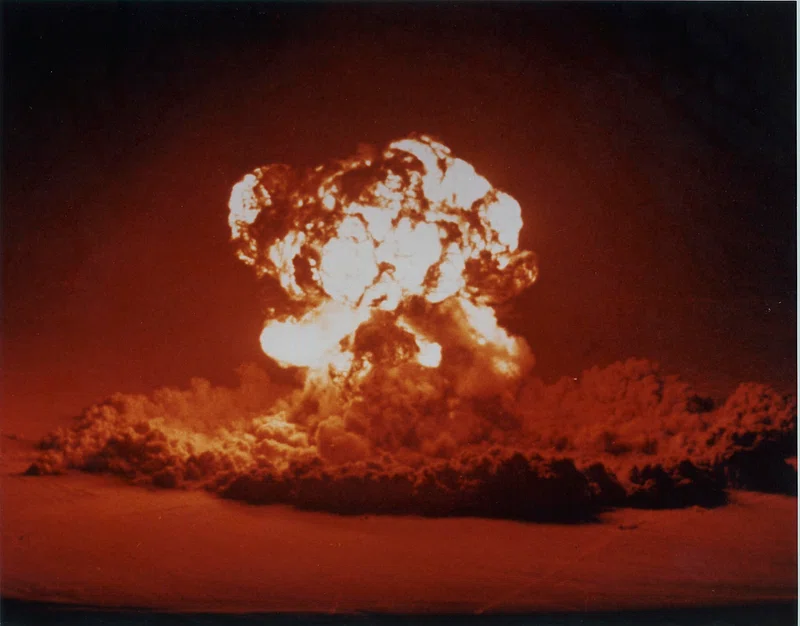
The most deadly weapon in history is widely regarded as the Tsar Bomba, a Soviet thermonuclear bomb detonated on October 30, 1961. This massive device, with a yield of approximately 50 megatons of TNT, stands as the most powerful nuclear weapon ever tested. The Tsar Bomba’s sheer destructive capability was unprecedented, capable of obliterating entire cities and causing devastating long-term environmental effects. Fortunately, it was never used in conflict, but its existence during the Cold War era symbolized the problematic nature of nuclear weapons and their potential for catastrophic consequences.
Which country has the most powerful weapon?
The question of which country has the most powerful weapon is complex and depends on various factors, including the type of weapon and the context in which it is measured. In terms of nuclear weapons, the United States and Russia possess the largest and most powerful arsenals, with both countries having thousands of warheads, including intercontinental ballistic missiles (ICBMs) and other delivery systems. These arsenals are the result of decades of development during the Cold War and subsequent years.
In terms of conventional military power, countries like the United States, Russia, China, and others have advanced military technologies, including tanks, aircraft, and naval vessels, that are considered among the most powerful in the world.
It’s important to note that military power is not solely defined by the possession of powerful weapons but also by a country’s overall military capabilities, strategy, and geopolitical influence. Additionally, the use of such weapons is subject to international agreements and norms, including arms control treaties.
Who is the king of all weapons?

The idea of a single “king” or the most powerful weapon is subjective and has evolved over time. In ancient history, the spear was indeed a formidable weapon and played a pivotal role in various cultures and civilizations. It was valued for its versatility, reach, and effectiveness in both hunting and combat.
However, it’s important to recognize that no single weapon can be considered the “king” of all weapons in a universal sense. Different weapons have excelled in different contexts and eras. For example:
1. Sword
The sword was revered for its close combat capabilities and was a symbol of prestige and honor in many cultures.
2. Bow and Arrow
The bow and arrow allowed for long-range attacks and precise targeting, making it crucial for hunting and warfare.
3. Firearms
The advent of firearms, including rifles and cannons, revolutionized warfare and had a profound impact on military tactics and strategy.
4. Nuclear Weapons
In the modern era, nuclear weapons possess unprecedented destructive power and have the potential to reshape the course of history.
Ultimately, the effectiveness of a weapon depends on the context and the technology of its time. While the spear was a significant weapon in ancient times, it would not necessarily be considered the “king” of all weapons in today’s advanced and diverse arsenal of military and civilian arms.
Which country is rich in weapons?
Several countries are considered to be rich in weapons due to their significant defense budgets, extensive arms industries, and large stockpiles of military equipment. Some of these countries include

The United States
The United States has the largest defense budget in the world and is a significant producer and exporter of military equipment. It possesses a vast arsenal of weapons, including nuclear, conventional, and advanced technology systems.
Russia
Russia, as the successor to the Soviet Union, has a substantial military-industrial complex and maintains a formidable arsenal of both nuclear and conventional weapons.
China
China has been rapidly modernizing its military and has a growing defense budget. It is becoming a significant player in the global arms industry, producing and exporting various types of weapons.
France
France is known for its advanced military technology and nuclear arsenal. It is a significant arms exporter and has a well-developed defense industry.
United Kingdom
The UK has a modern and capable military with access to nuclear weapons. It also has a defense industry that produces various types of military equipment.
Germany
Germany has a robust arms industry and is known for producing high-quality military equipment, including tanks, aircraft, and submarines.
Israel
Despite its small size, Israel has a highly advanced and innovative defense industry. It is known for producing cutting-edge military technology.
India
India has been steadily increasing its defense budget and investing in indigenous arms production. It is one of the world’s largest importers of weapons.
Saudi Arabia
Saudi Arabia is one of the largest arms importers in the world, with a significant military budget. It purchases a wide range of weaponry from various countries.
These countries invest heavily in defense and have substantial arsenals of weapons and military equipment. Their military capabilities and arms industries contribute to their status as being “rich” in weapons.
In the annals of human history, the seven deadliest weapons we’ve explored are more than instruments of destruction; they are chronicles of our capacity for innovation and devastation, of our triumphs and tragedies. From the longbow’s unerring precision on medieval battlefields to the ominous power of nuclear arsenals in the modern era, these weapons have shaped the course of nations, forged empires, and sparked profound changes in warfare and diplomacy. As we reflect on these chapters of history, let us remember the enduring importance of peace, diplomacy, and the responsible stewardship of technology in a world where the spectre of deadly weaponry persists.
